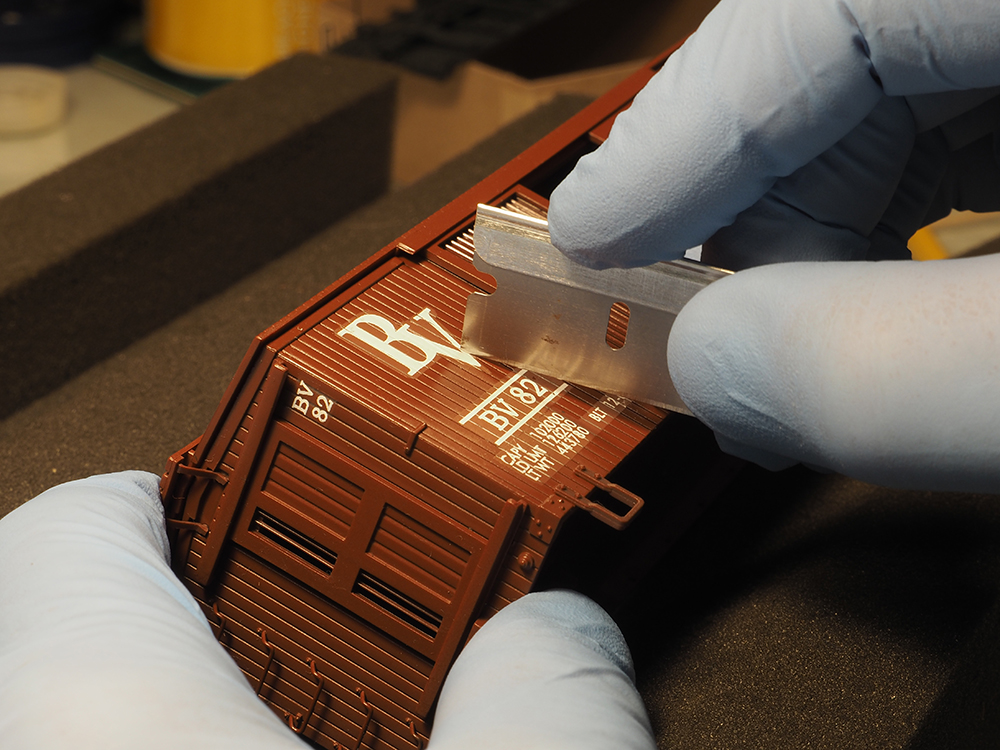
Car Swap Project part 7: Gerry’s creative touch: In this episode of our Car Swap series, Gerry explains how he completed the HO and O scale Bona Vista cars for Seth and David’s layouts. Starting with prep work and a few of decaling tips, Gerry then dives into extensive detail about weathering the two boxcars. […]
Read More…
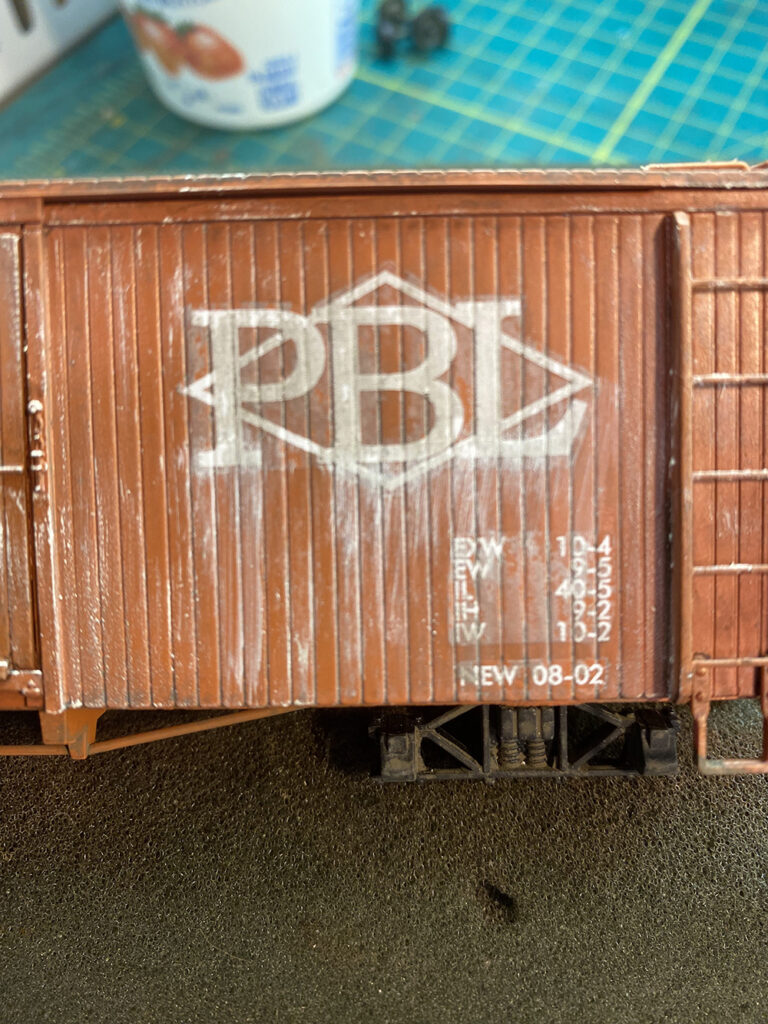
Car Swap Project part 6: Seth’s techniques: With the decals finally printed and distributed, it’s time to start the actual work of completing the cars. Seth, Gerry, and David each have their own techniques for doing this kind of work, so parts 6-8 will cover each modeler’s efforts in detail. Seth kicks things off with […]
Read More…
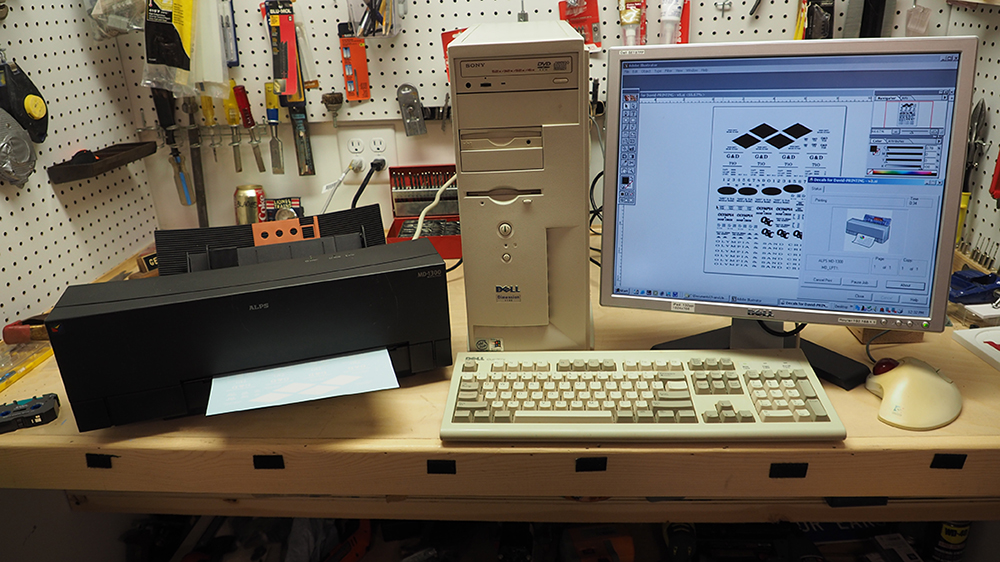
Car Swap Project part 5: Printing decals with an ALPS printer: As the three friends endeavor to make custom boxcars for each other’s layouts, Gerry Leone, Seth Puffer, and David Popp embark on printing custom decals. There are several easy ways to print your own decals, just as long as you don’t want white lettering. […]
Read More…
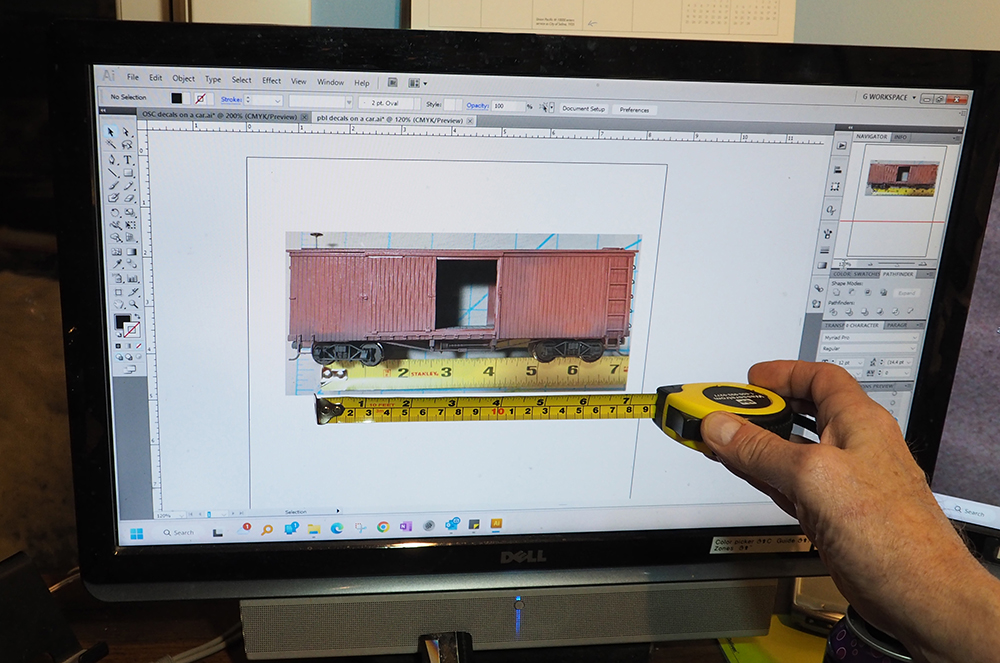
Car Swap Project Part 4: Railroad herald design class: Gerry Leone, Seth Puffer, and David Popp all model freelanced railroads, and each has created names, heralds, and graphics for their fictitious lines. The car swap project spans three different time periods during the 20th Century, so to make cars that work for each other’s railroads, […]
Read More…
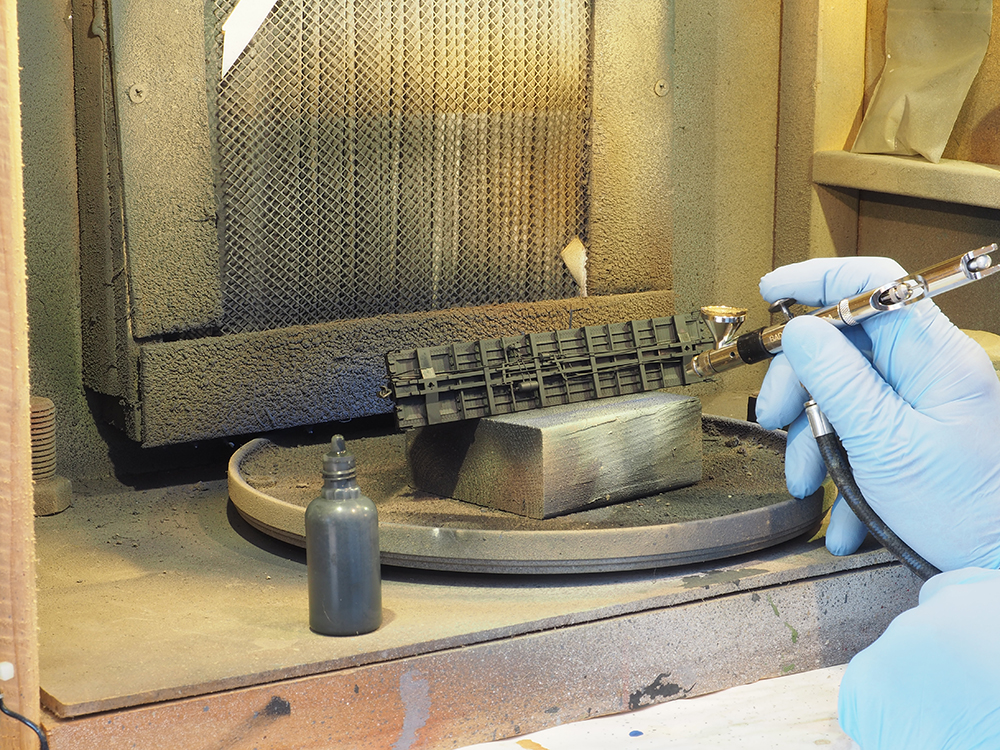
Car Swap Project Part 3: Painting plastic models: As part of trading boxcars custom decorated for each other’s layouts, modelers Gerry Leone, David Popp, and Seth Puffer do some preparation and painting of the plastic models. In this installment, the three use a variety of readily available products to add some color, or take some […]
Read More…
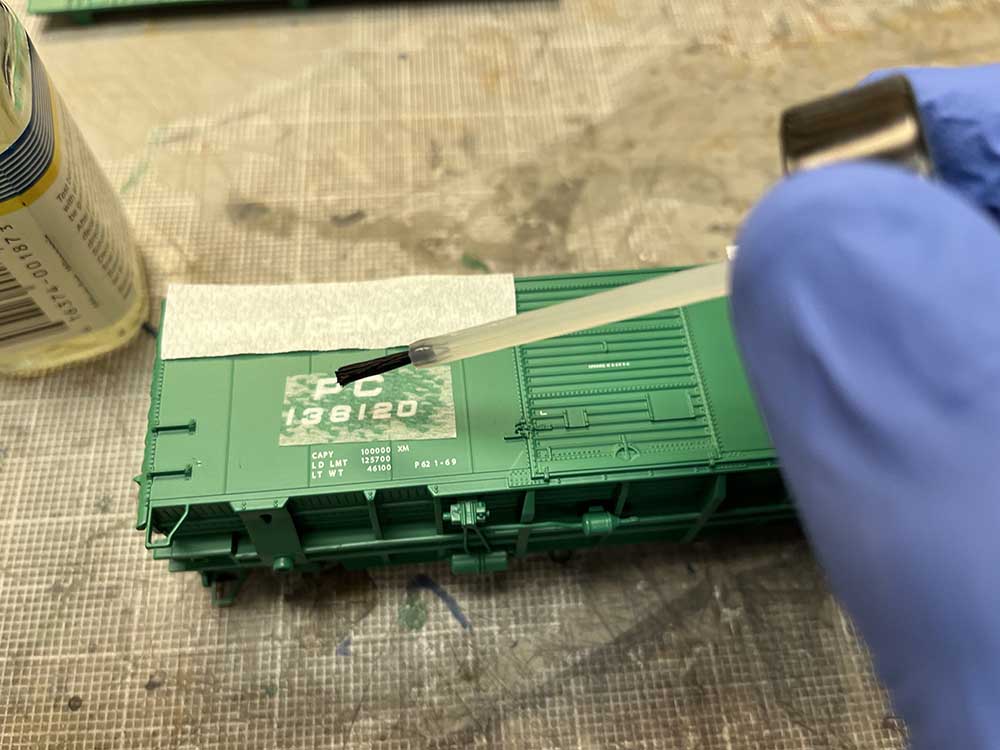
Car Swap Project Part 2: Stripping lettering from models: As explained in the first installment of the series, modelers Gerry Leone, David Popp, and Seth Puffer have decided to create custom boxcars for each other’s model railroads. This time around, David starts the real work of preparing the cars that he will use for the […]
Read More…
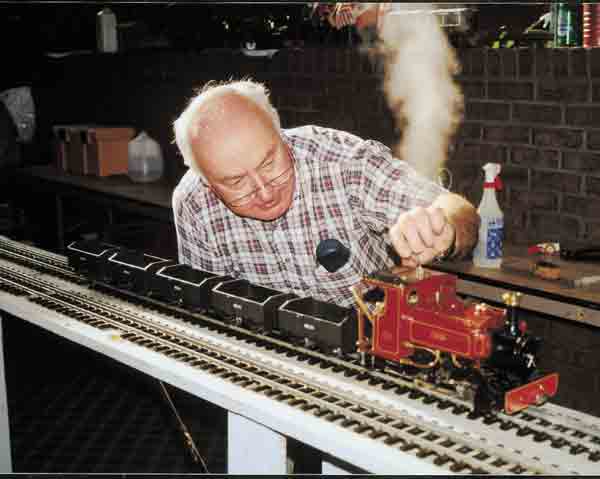
Common questions about live steam locomotives: At model-train shows and garden-railway open houses, live-steam locomotives always seem to gather a crowd of interested onlookers. Our small steam locomotives are new to many people and questions naturally arise. I thought it would be worthwhile to answer some of the most common questions for those of you […]
Read More…
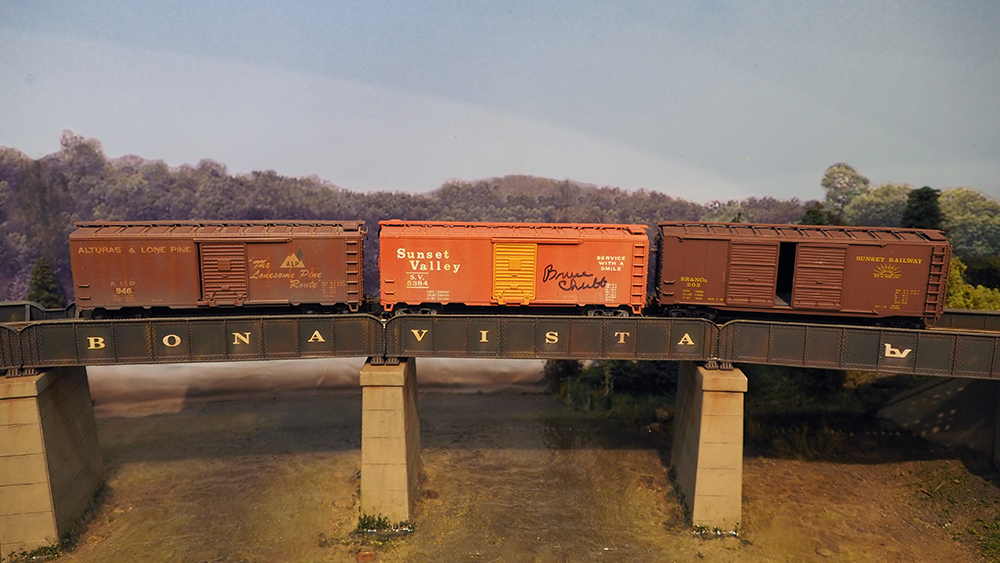
Car Swap Project Part 1: Trading models: Modelers David Popp, Gerry Leone, and Seth Puffer begin a series of projects to create custom-painted freight cars appropriate for each other’s model railroads. As David, Gerry, and Seth find out during the adventure, this is something fun and easy to do for any group of friends who […]
Read More…

Earthwork on the project railroad: We are ready to begin grading the line. The first thing we had to do was to transfer our design to the ground. This would give us a feeling for how the railroad would actually sit in its site and it would also delineate where the earthwork had to be […]
Read More…

Build an HO scale weed sprayer Building an HO scale weed sprayer car was not just enjoyable; it was downright fun! It all started when my friend Paul Weiss declared that he was going to run a weed sprayer maintenance-of-way train at an upcoming operating session on his Central Vermont Ry. (www.cvrailroad.com). Five days before […]
Read More…

Have questions about getting started in garden railroading? Start here. What are large scale trains? “Large scale” is a term that denotes trains that are larger than 0 scale (1:48) but smaller than the trains that are large enough to ride on. Large-scale trains generally run on gauge 0, gauge 1, or gauge 3 track. […]
Read More…

Brass engine disassembly basics: When I was a kid, I’d go to the local hobby shop and drool over the brass steam locomotives in the glass display case near the cash register. I’d seen most of them in the Pacific Fast Mail advertisements that used to grace the back cover of Model Railroader, and here […]
Read More…












